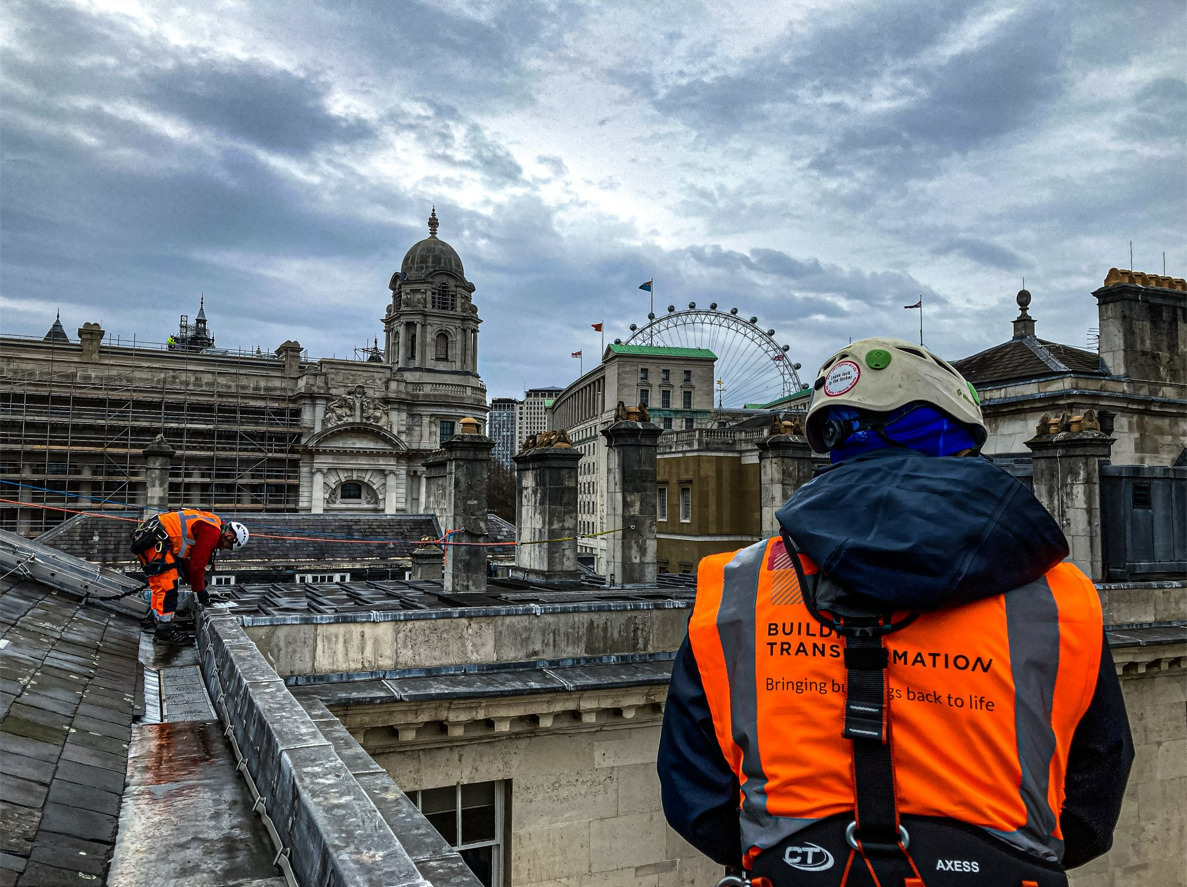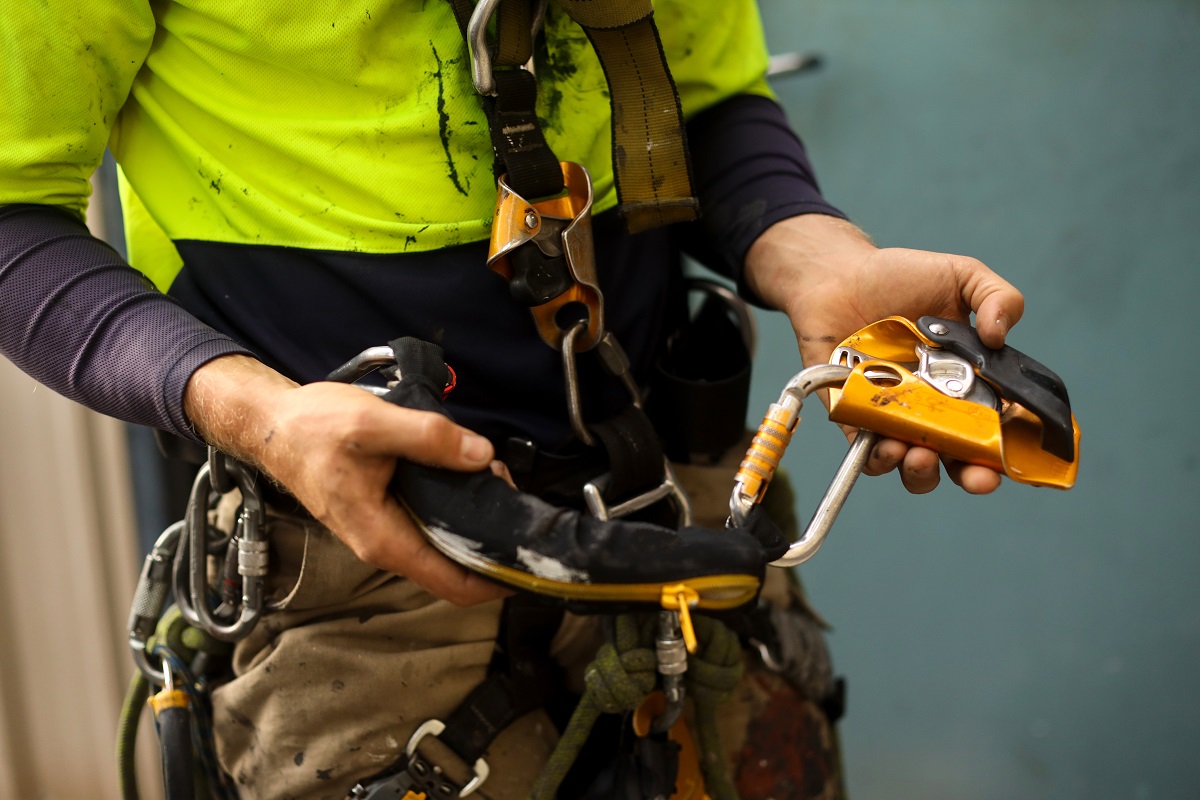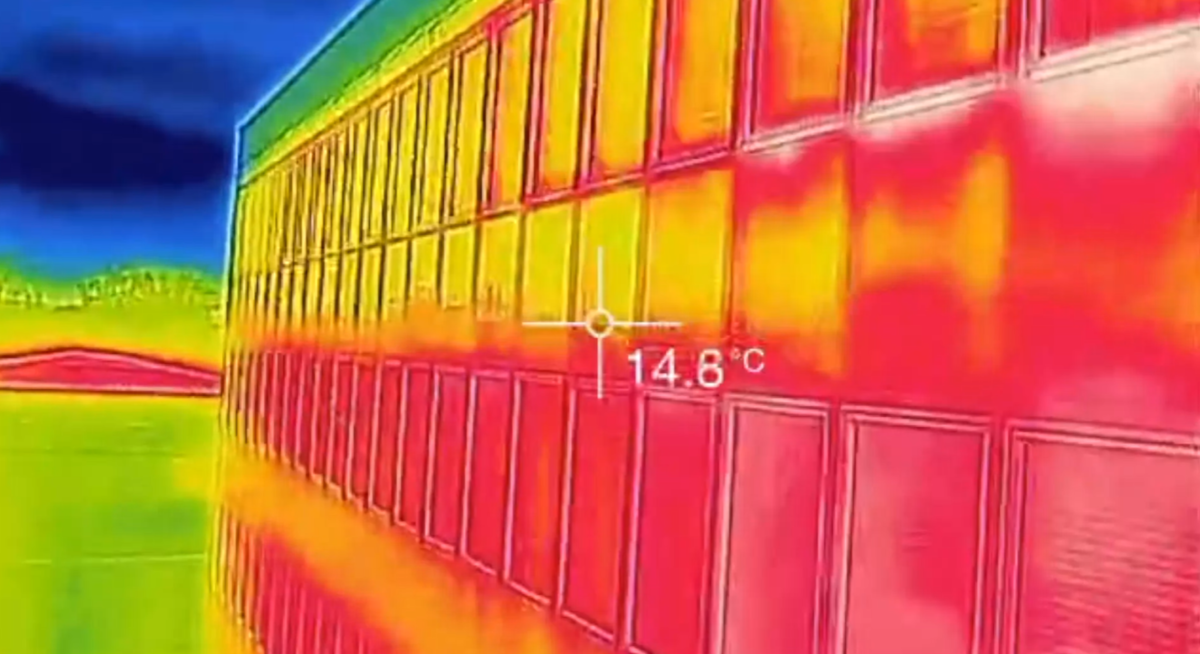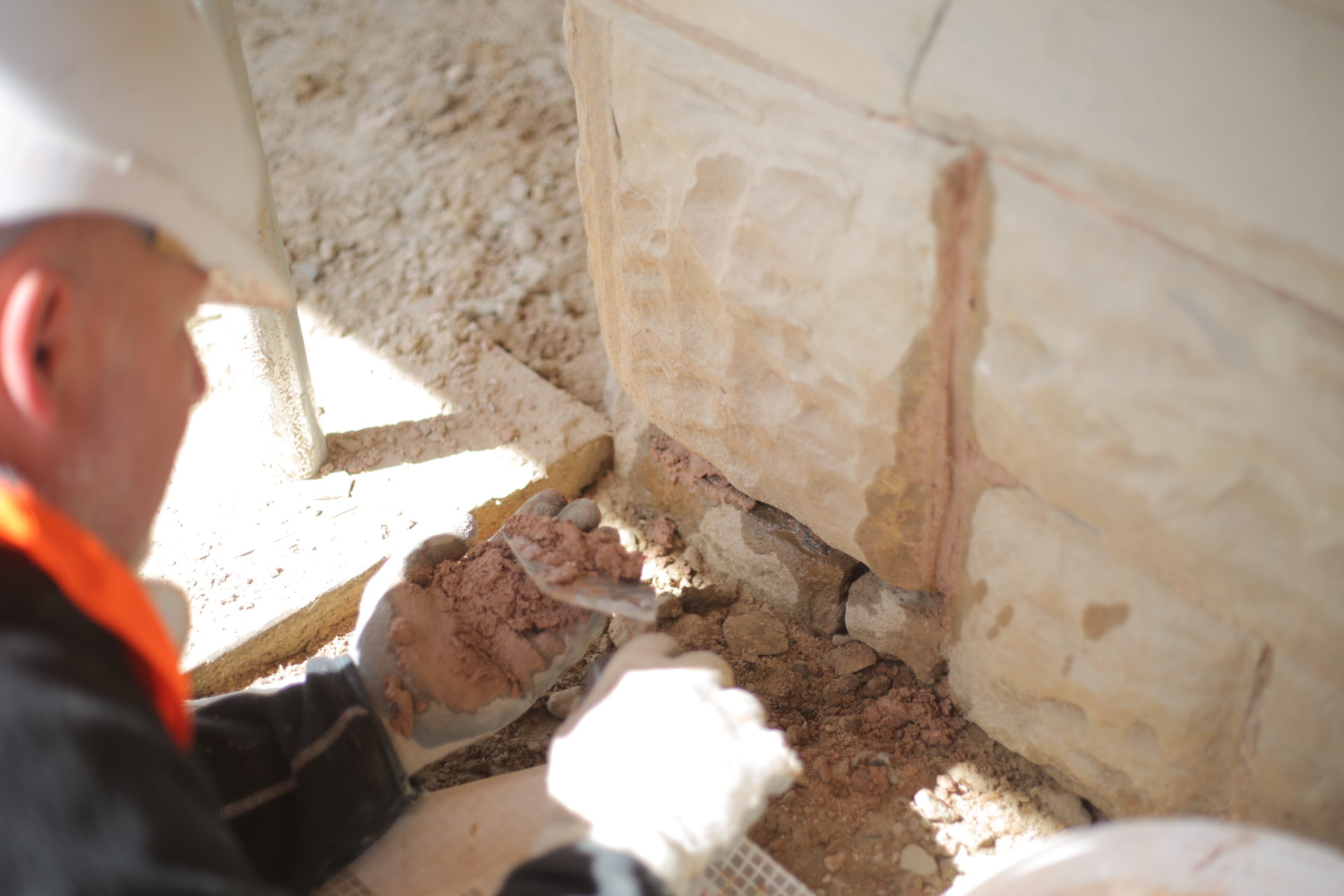Your roof has a minor leak, but it isn’t causing any apparent damage – or is it?
Leaks are one of the most common yet frequently ignored issues arising as a result of substandard roof maintenance systems. They are often difficult to track and trace, presenting significant challenges to both building owners and managers alike.
Despite the advances in roof materials and construction methods, roofs require regular inspections to identify potential issues and to prepare them to deal with the unpredictable weather.
Roof defects discovered through specialist leak detection surveys and repaired at an early stage can help avoid large refurbishment and repair costs in the future. It is important to note that every additional day of delayed repairs means an increased probability of further damage and costs.
The first step to determining roofing needs and finding solutions is with the help of a detailed inspection. Defects such as leaks should be identified as early as possible to protect against widespread moisture damage. The longer a leak persists, the further the moisture can seep into the fabric of the building.
Roof Condition Surveys
A roof condition survey allows for planning, pre-emptive and reactive repairs and an indication of the remaining life span and budgeting for eventual replacement.
- It builds the pre-project understanding required to develop specifications and the true scope of work.
- It helps discover defects, prioritise repairs and allow for accurate budgetary forecasts.
When evidence of water ingress points towards leaks, but it is difficult to identify the source or extent of water ingress by visual inspection alone, it may be valuable to incorporate additional testing into a roof survey.
During the initial phases, it is important to inspect the following defects:
- Cracks
- Weak seals
- Lap failure.
- Holes, cuts and scuffs in the membrane.
- Missing or loose flashing and counter flashings.
- Repointing deterioration.
- Ponding of water.
- Blocked outlet or gutter.
Once a condition survey is complete, areas that require immediate attention should be prioritised for maintenance or repair.
A roof condition survey is an invaluable tool for assessing the current performance and condition and can provide pointers as to the remaining projected lifespan. They can also provide a basis for the refurbishment or replacement of a roof.
Moisture Mapping and its benefits
In certain types of roofs, the insulation sits underneath the waterproof membrane. It is one of the first materials to be impacted by a roof leak.
Excess moisture may remain trapped in the substrate and within the roof construction. If the situation persists, the moisture levels may increase over time eventually leading to rot and decay with a possible failure of the roofing system and the structure.
With non-destructive leak detection services including electronic integrity testing, dry testing, moisture mapping, CO2, and spray bar water testing, we can track and map how the water is entering the building.
This helps seamlessly tackle the issues caused by leaks and water ingress. Moisture mapping is a highly effective non-destructive method of testing to detect trapped moisture within a suitable existing flat roof build-up.
- Quickly inspect large areas with instant and accurate results.
- Reduced costs and use of materials.
- Detects moisture within the existing roof build up.
A dec scanner can be used to identify areas of the roof that may need stripping up when being refurbished rather than simply stripping the whole roof, thus saving time and money.
It is an excellent roof diagnostic tool to check if a roof needs stripping up to replace or an overlay. Moisture mapping focuses on areas in need of attention, minimising the works required. The true condition of the roof is identified and a visual data report is produced that helps determine the required remedial action.
With a long term view towards protecting your building envelope, not only do we provide technical condition surveys but we also develop specifications to help you prioritise key actions and repair activities. Our objective is to ensure we undertake measured repairs within planned, budgeted, and timed delivery plans.














